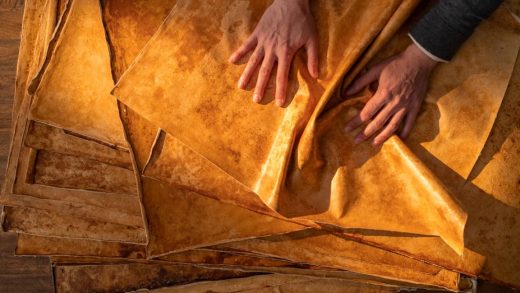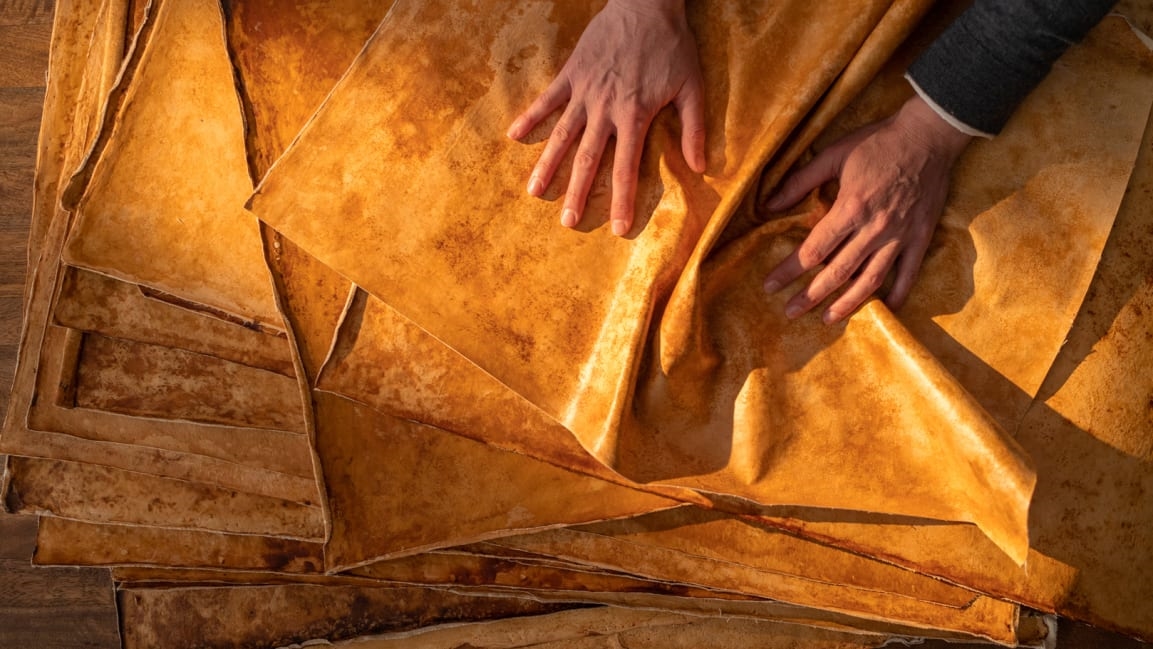With this $125 million investment, there’s about to be a lot more mushroom leather
Inside a small factory in Emeryville, California, in trays filled with sawdust, the biomaterials startup MycoWorks is growing mycelium—the root-like part of mushrooms—to create dense layers of a material that looks, feels, and bends like leather made from cows. The pilot plant, which has been in operation over the last year, can only produce the material in small volumes. But the company just raised $125 million in a Series C funding round, which it will now use to build a mass-production facility in South Carolina.
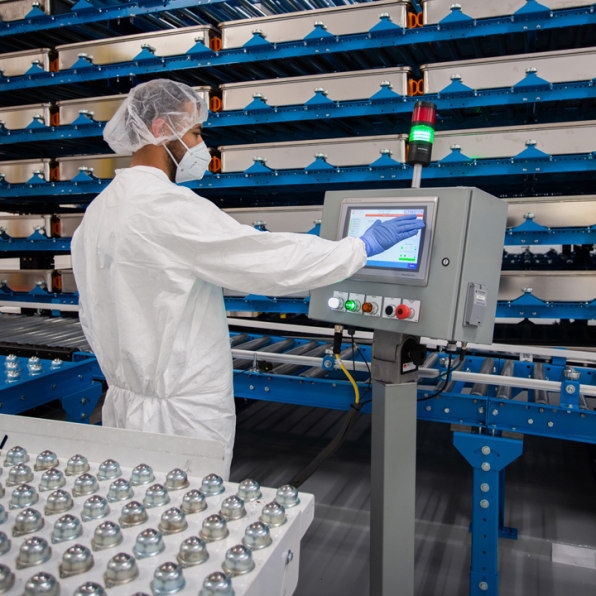
For the fashion brands that are beginning to use the material—like Hermès, which is making a luxury handbag from one version of the mushroom leather—it’s a way to avoid the environmental and ethical problems that come with animal leather without turning to synthetic alternatives made from plastic. One recent nonprofit report linked dozens of fashion brands to deforestation in the Amazon because of cattle ranching. Raising cows adds to climate change and water pollution, and even though they’re also being raised for meat, demand for leather helps prop up the system. “The industry is in a bit of a conundrum where they have to meet these new sustainability demands that consumers are placing on them,” says Matt Scullin, CEO of MycoWorks. “And they also have to grow.”
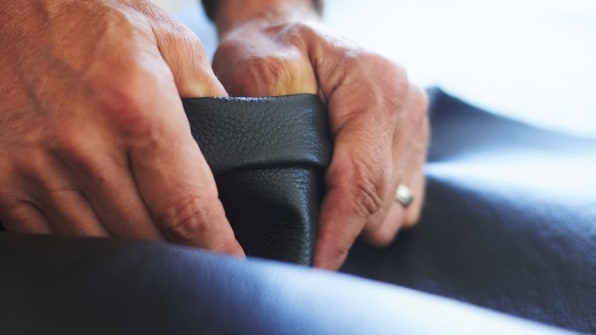
Older leather alternatives are made from plastics like PVC (the word “pleather” is a portmanteau of “plastic leather”). Even some newer alternatives also use plastic, including another fungus-based leather that embeds ground-up mycelium in plastic. But MycoWorks, which holds more than 65 patents for its process, says it makes its material solely through the growth of mycelium.
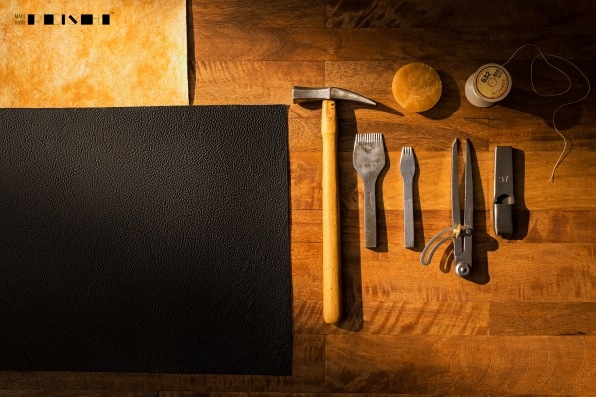
“We fill a tray with a waste biomass, such as sawdust, we inoculate or seed that tray with the strain of mycelium, and then we perform some tricks,” Scullin says. “We get this mycelium to grow on the surface of the sawdust in a very dense, strong layer that we then peel off and perform chemistry on.” The resulting material is then tanned, but using a different process than is used on animal leather. “It uses much less water,” he says. “It doesn’t use any chromium or any metal tanning. It’s a far more sustainable tanning process than what’s used for animal leathers.”
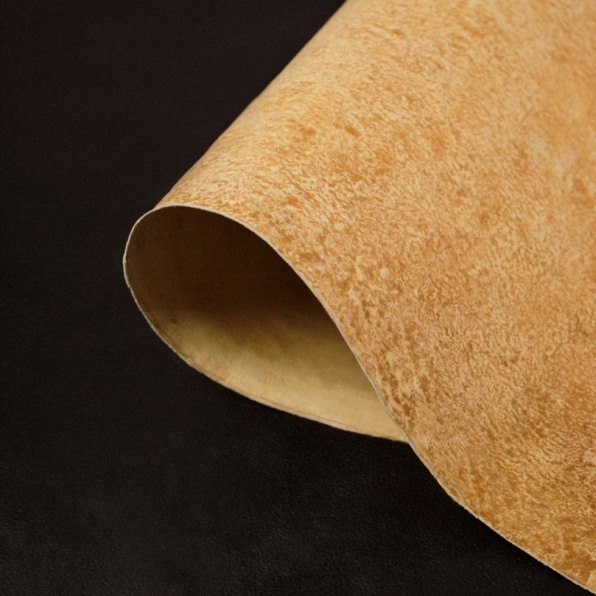
The material can also be customized in ways that traditional leather isn’t. “When we get an order, customers will specify whether or not they want something that’s more like a sheepskin or a calf hide, for instance, it has a certain softness and a certain thickness,” Scullin says. “And then we grow exactly to that specification.” The company’s process for adjusting the leather is proprietary, but it involves changing the growing conditions of the mycelium, and it now has a library of existing different materials with different features that customers can choose from.
It’s cost-competitive now with high-quality animal leather, Scullin says, and as the company scales up, it will release more mass-market products at lower price points. The new factory, scheduled to open early next year, will be able to produce several million square feet of material each year. It’s a first step in beginning to replace conventional leather. “The limiting factor for growth is really our ability to to build more production capacity,” Scullin says. “But this is a good place to be.”
Fast Company , Read Full Story
(17)

